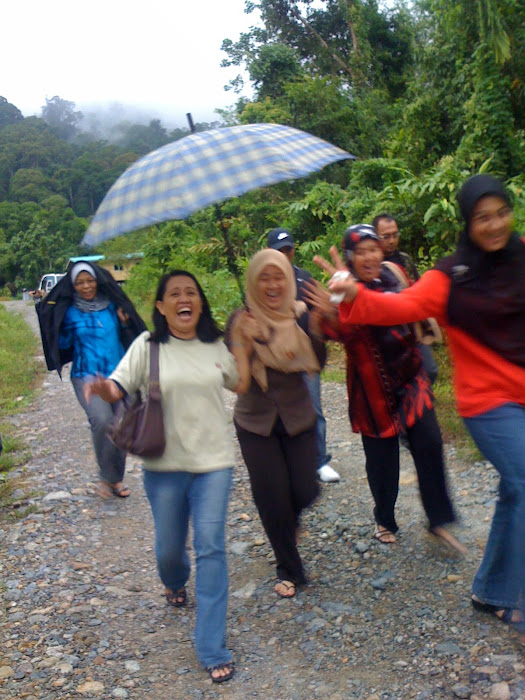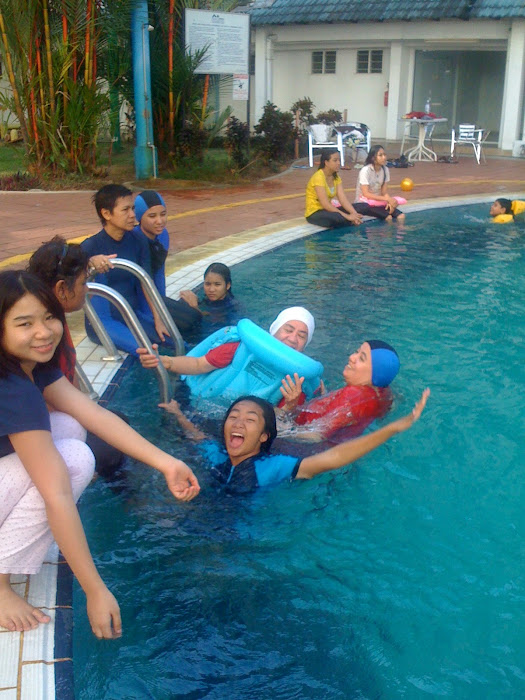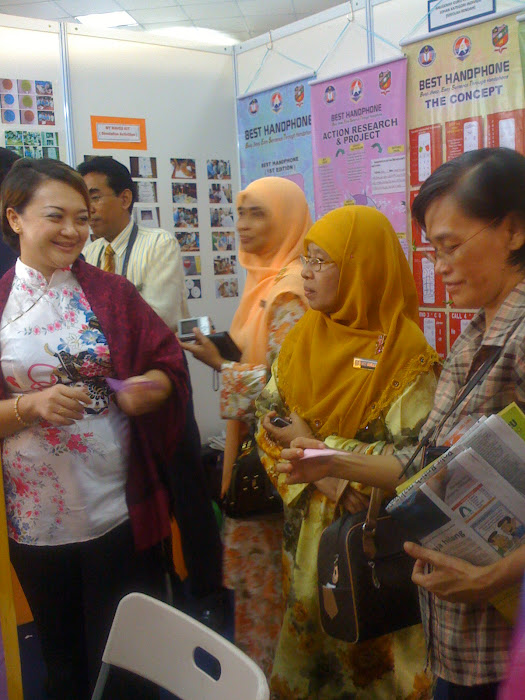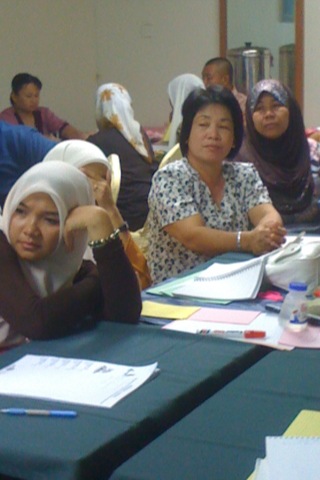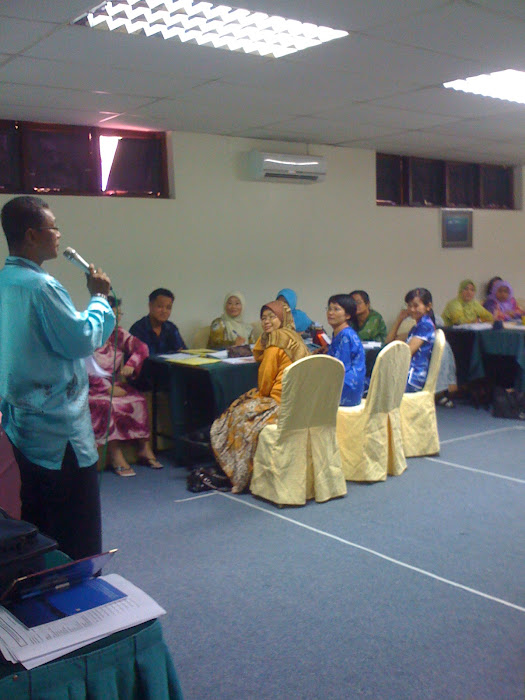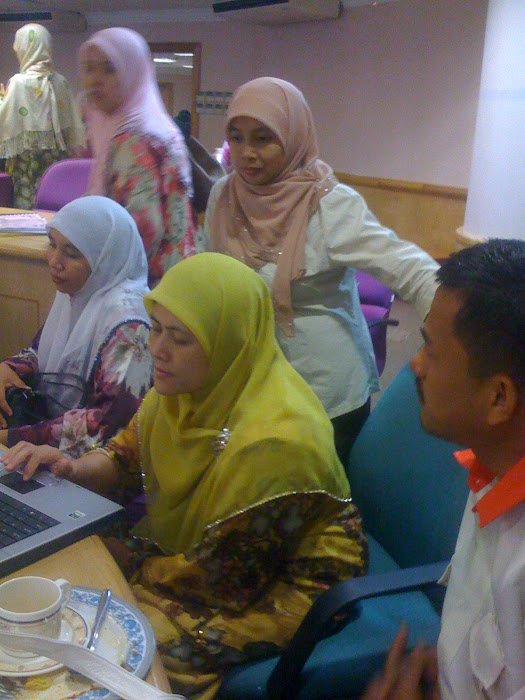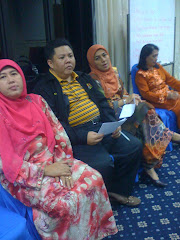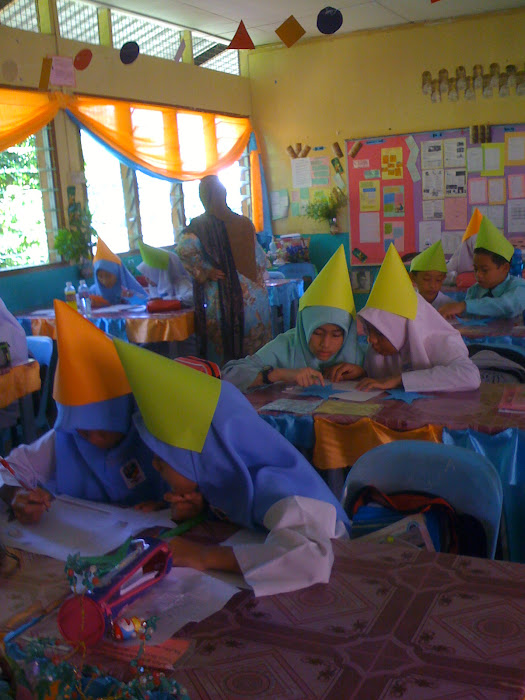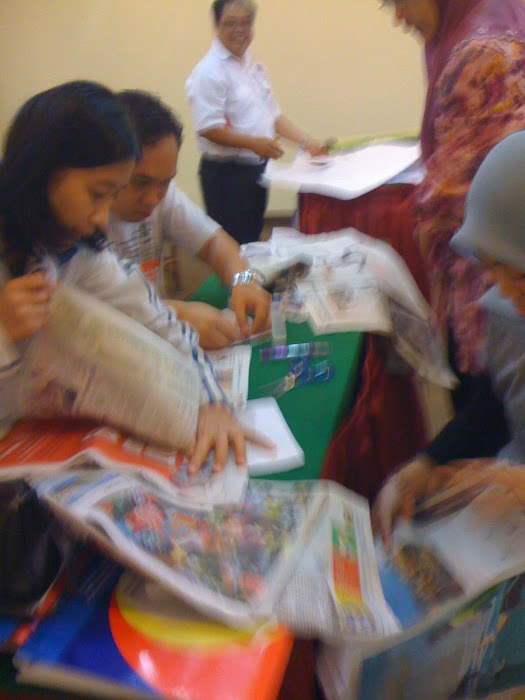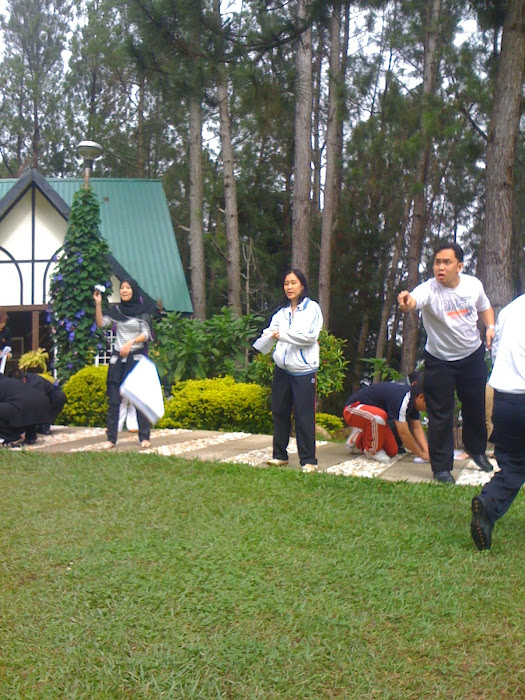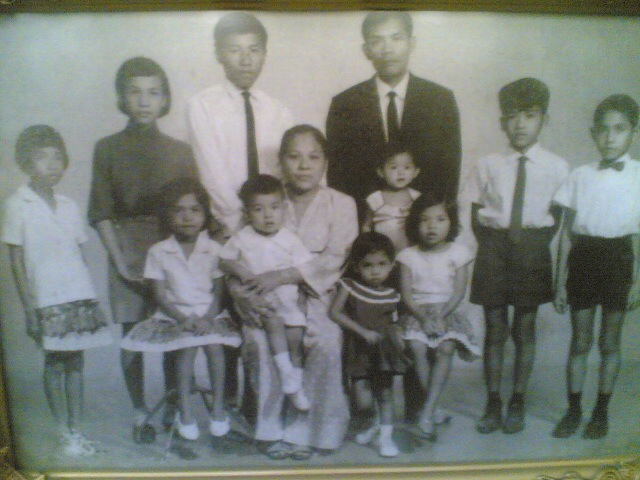During one of my rounds of observation last week, I came across a young teacher who was to me, a little bit ambitious in her lessons. What I mean is, for young learners, it would be best for them to be given a little bit of new knowledge but with lots and lots of emphasization, repetition and encouragement, so that they would be able to grasp our lesson in context.
Quantity does not necessarily brings out the best of quality in almost every task undertaken. It would be a joy and teachers' utmost satisfaction when our subjects show a remarkable level of understanding of what is it that we are imparting to them. From experience, young learners would feel satisfied with whatever new knowledge gained and would be very happy to know that they are good in any particular area. Giving away an abundant of compliments to them does not hurt too.
Im very proud of this particular teacher who was able to prove that she is indeed a very good teacher. This morning I was very pleased to see a tremendous improvement in her methods of teaching and approaching her students. What pleased me most was her ability to use objects in the classroom to convey her message. It was obvious that the students enjoyed and understand her lesson better than they did the week before. The best part was, she herself felt very good about the lesson and her way of teaching.
I wish all the best to this wonderful teacher who is willing to correct whatever error she may have conducted and has the strong tendency to improve herself. Congratulation.
















